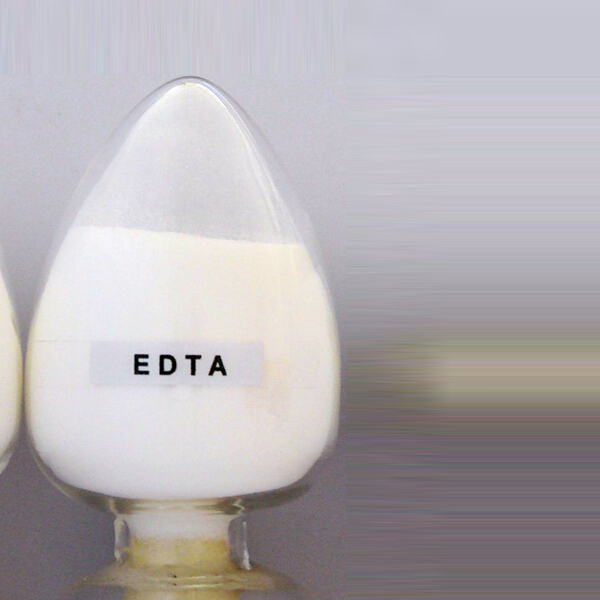
News
снеж . 16, 2024 05:27 Back to list
Understanding the Role of Chelating Agents in Various Applications and Processes
The Role and Function of Chelating Agents
Chelating agents, also known as chelators or sequestrants, play a crucial role in a wide range of chemical, biological, and industrial processes. Their primary function is to form stable complexes with metal ions, significantly impacting various fields including medicine, agriculture, and environmental science. This article explores the chemistry behind chelating agents, their functions, and their applications.
At the molecular level, a chelating agent is a compound that can form multiple bonds to a single metal ion. This property is mainly attributed to the presence of two or more donor atoms within the chelator molecule that can coordinate to the metal, effectively “grabbing” it and forming a ring-like structure called a chelate. This multi-point attachment enhances the stability of the metal complex compared to simple coordination compounds, where the metal is bonded to only one atom.
The Role and Function of Chelating Agents
In the medical field, chelating agents are instrumental in treating heavy metal poisoning. For example, agents like EDTA (ethylenediaminetetraacetic acid) can effectively bind to toxic metals in the bloodstream, facilitating their excretion through urine. This chelation therapy reduces the toxic effects associated with exposure to heavy metals, restoring normal physiological function. Furthermore, chelators are being explored for use in targeted drug delivery systems, where they can bind to therapeutic metal ions, allowing for controlled and sustained release at the site of action.
chelating agent function

Agriculture also benefits from chelating agents, particularly in enhancing nutrient uptake in plants. Many essential micronutrients, such as iron, manganese, and zinc, can become insoluble in soils with high pH levels. By using chelating agents, farmers can improve the bioavailability of these nutrients, promoting better crop yield and health. Chelated fertilizers ensure that nutrients remain in a soluble and absorbable form, reducing waste and improving agricultural sustainability.
In environmental science, chelating agents are employed to remediate contaminated soils and water. They can extract heavy metals from contaminated sites by binding to them and rendering them less toxic, thus facilitating their removal. This process, known as phytoremediation, involves using plants that have been fortified with chelating agents to absorb and accumulate toxic metals, ultimately cleansing the environment.
Moreover, the application of chelators extends to various industrial processes, such as textiles, pulp, and paper production, where they can help to remove unwanted metal ions that may interfere with production. In analytical chemistry, chelating agents are crucial in techniques like atomic absorption spectroscopy and titrations, where they help in the selective quantification of metal ions.
In conclusion, chelating agents serve a myriad of functions that are vital to both natural processes and industrial applications. Their ability to effectively bind metal ions enhances solubility, facilitates detoxification, improves nutrient availability in agriculture, and aids in environmental cleanup. As research continues to evolve, the discovery and development of new chelating agents are likely to expand their potential applications, contributing to advancements in technology, medicine, and sustainability. Their pivotal role underscores the importance of understanding and utilizing these compounds for a healthier technical and ecological future.
-
Polyaspartic Acid Salts in Agricultural Fertilizers: A Sustainable Solution
NewsJul.21,2025
-
OEM Chelating Agent Preservative Supplier & Manufacturer High-Quality Customized Solutions
NewsJul.08,2025
-
OEM Potassium Chelating Agent Manufacturer - Custom Potassium Oxalate & Citrate Solutions
NewsJul.08,2025
-
OEM Pentasodium DTPA Chelating Agent Supplier & Manufacturer High Purity & Cost-Effective Solutions
NewsJul.08,2025
-
High-Efficiency Chelated Trace Elements Fertilizer Bulk Supplier & Manufacturer Quotes
NewsJul.07,2025
-
High Quality K Formation for a Chelating Agent – Reliable Manufacturer & Supplier
NewsJul.07,2025
